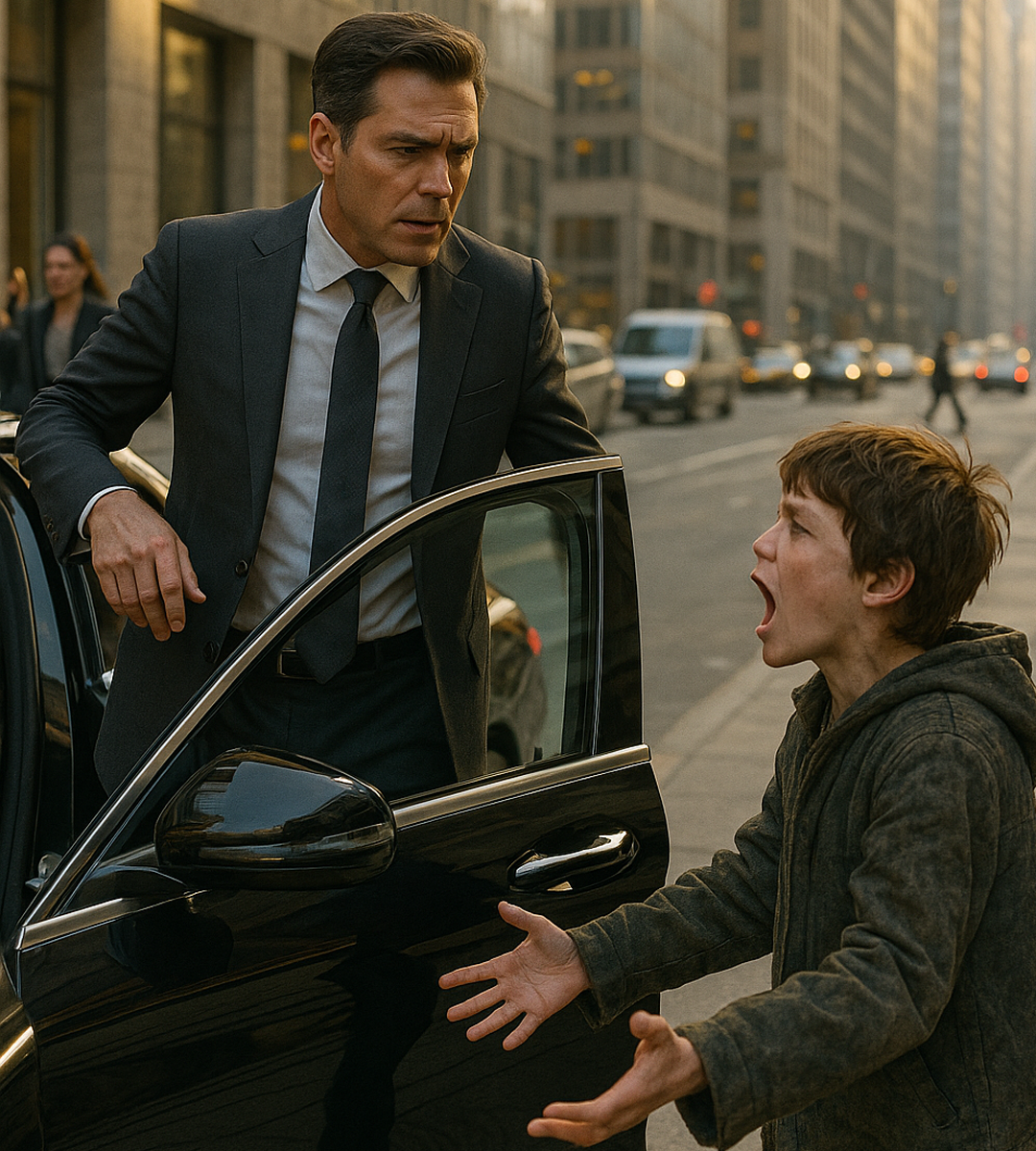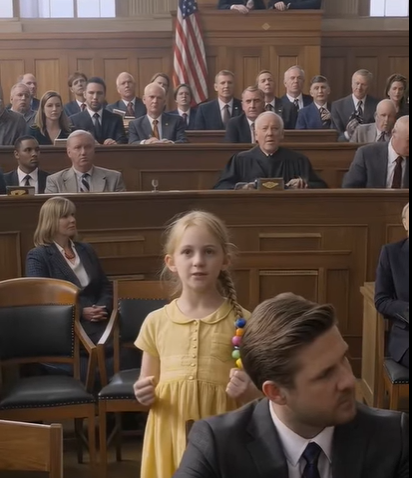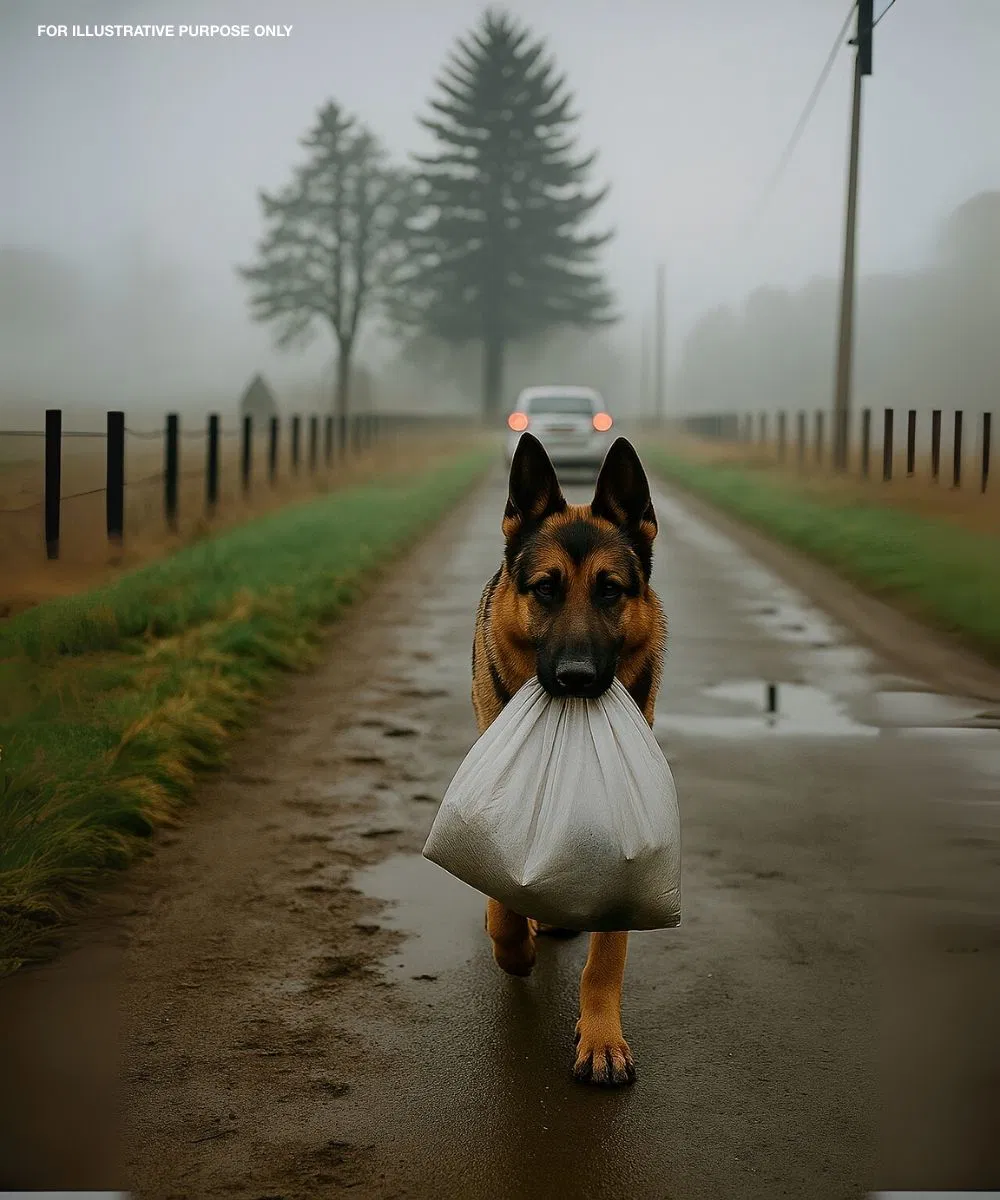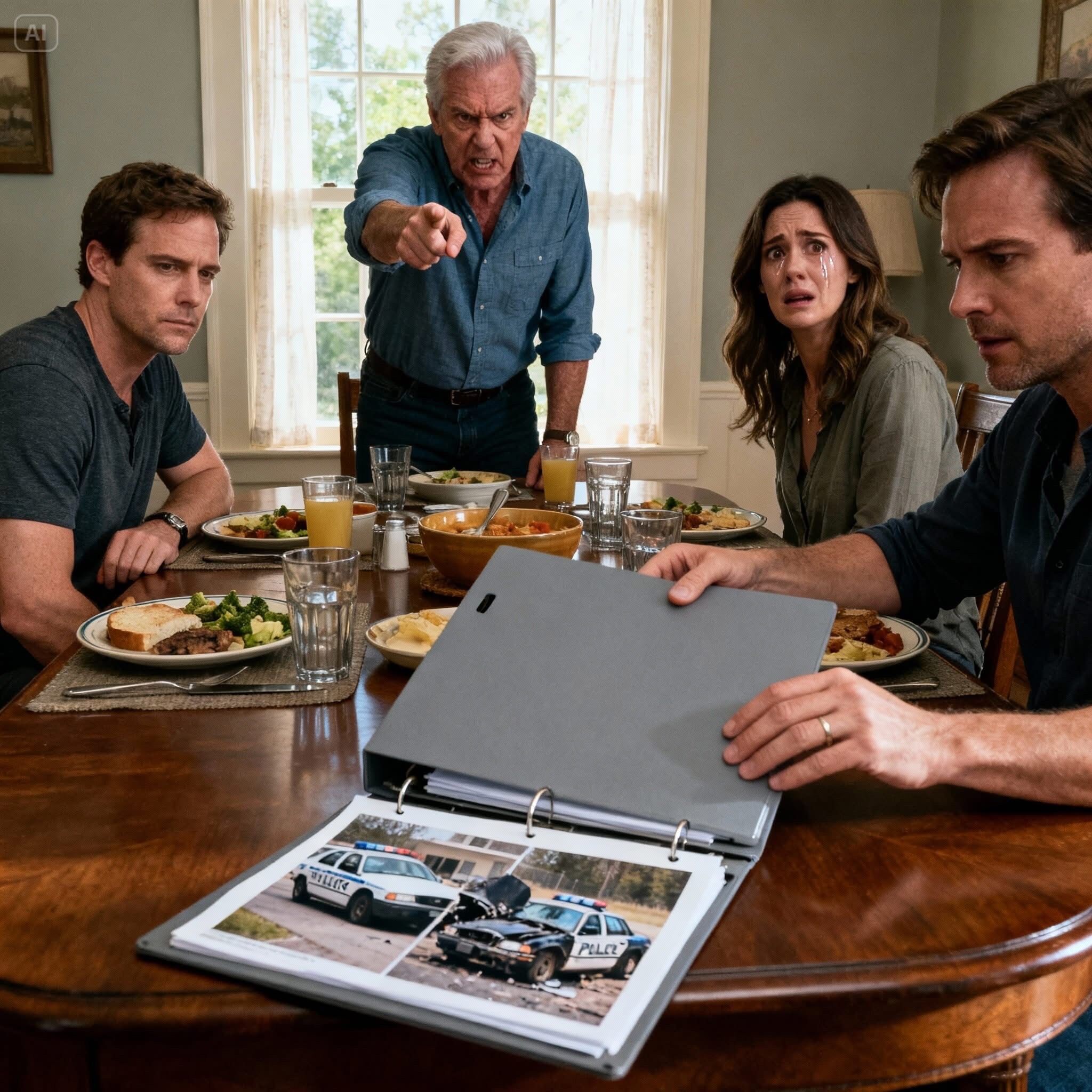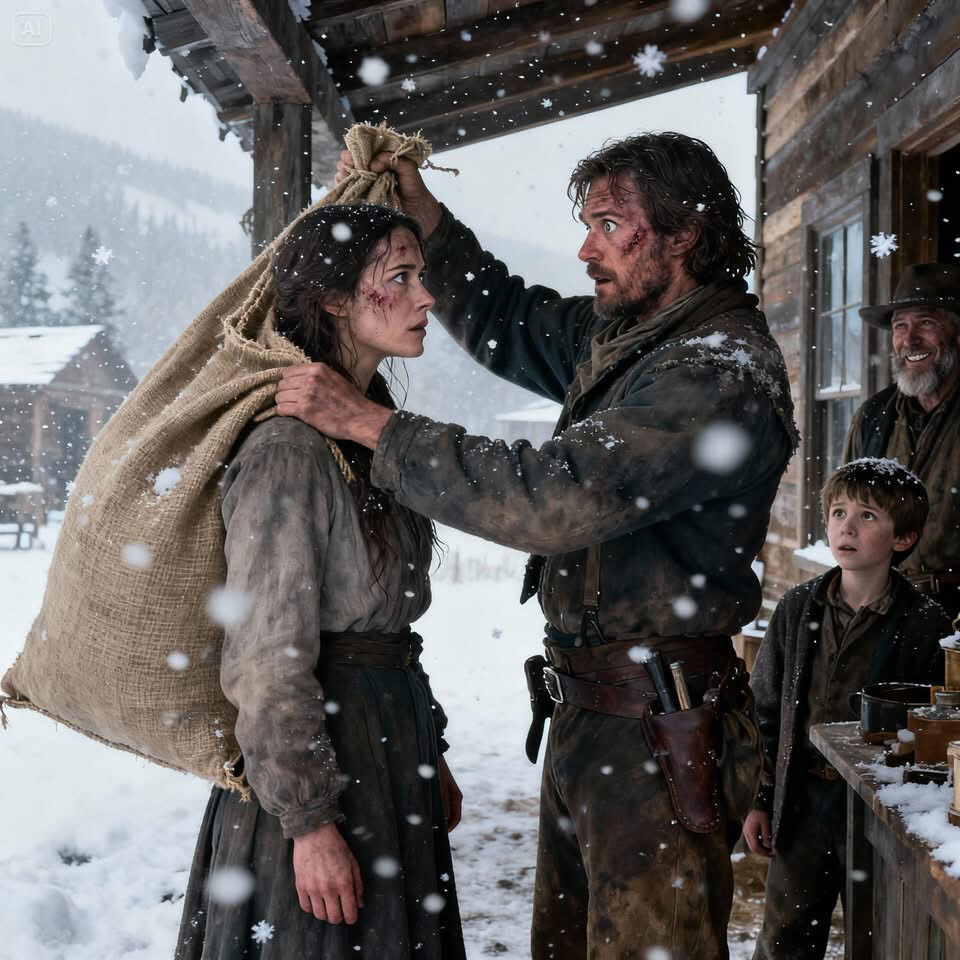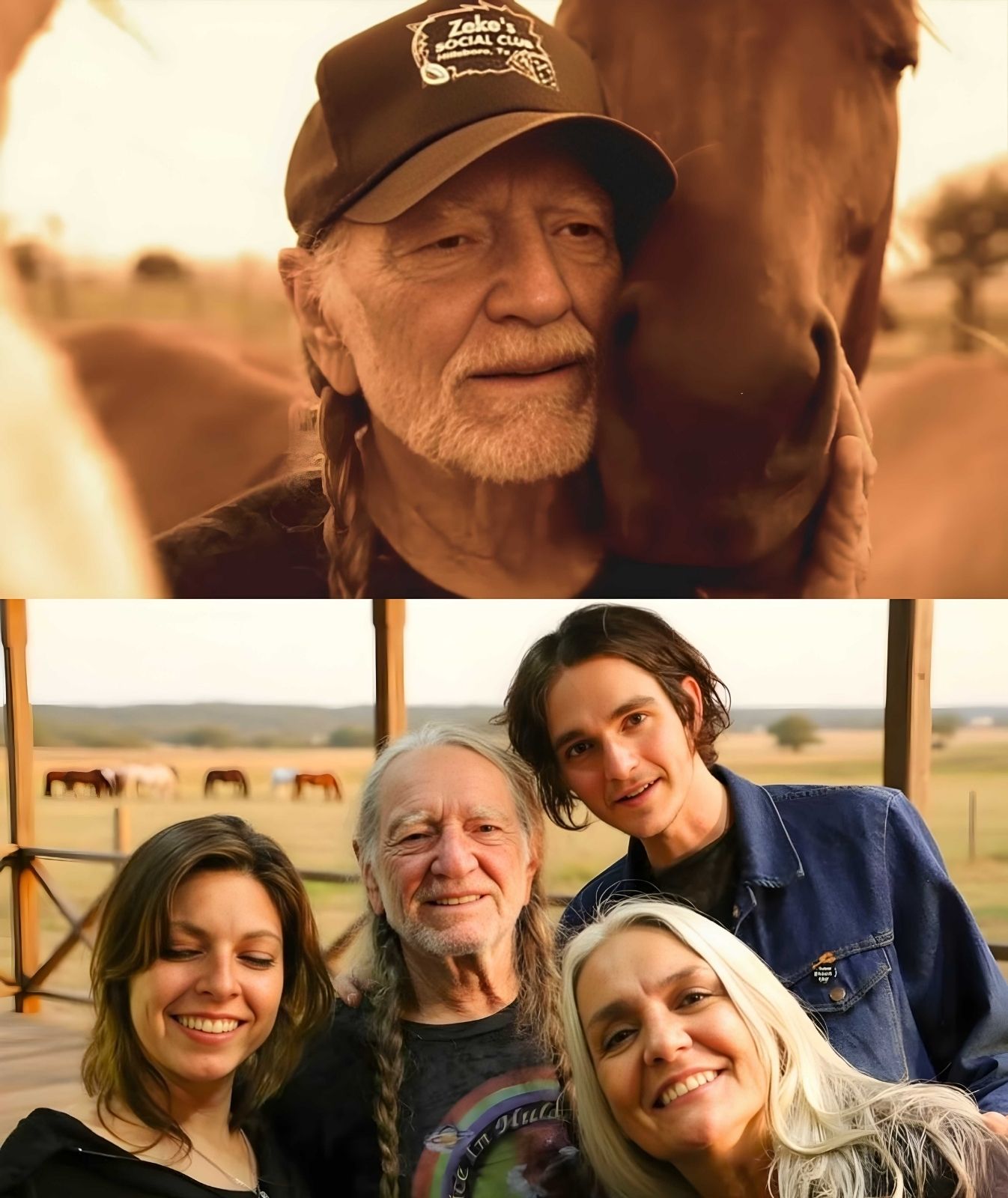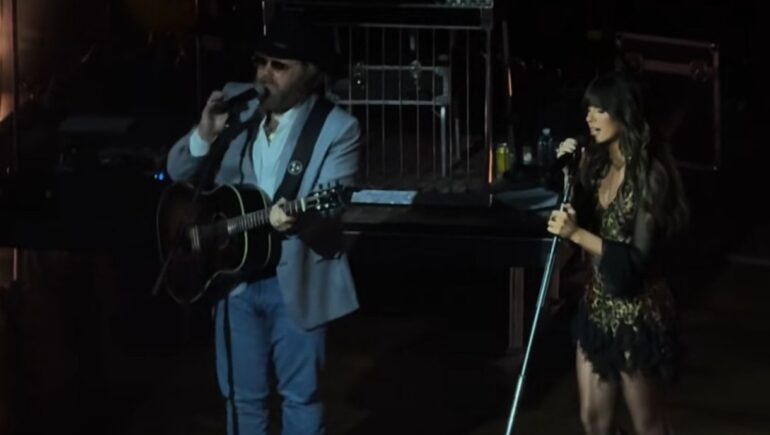Stop the Car! Your Wife Messed with the Brakes!” – A Homeless Boy’s Unexpected Callout That Saved a Millionaire’s Life…
The morning sun had just risen over Manhattan when Alejandro Vargas, a Spanish-born real estate tycoon, stepped out of his Fifth Avenue penthouse. He had an important meeting with investors—one that could decide the future of a billion-dollar project in Miami. His black Mercedes-Benz was already waiting at the curb, shining like a symbol of … Read more
